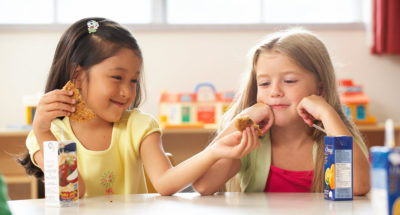
Noticing Kindness
Students reflect and write about ways they have been kind to other people.

Students reflect and write about ways they have been kind to other people.
Students will:
Take a moment to reflect on an act of kindness that you have done for another person. To whom did you show kindness and what did you do? How did you feel afterwards? If the person expressed gratitude, how did that make you feel?
Do you notice whether students are acting more kindly towards each other? Are they noticing acts of kindness more often?
A study in which 9- to 11-year-olds performed three kind acts each week for four weeks found that both students’ well-being and their acceptance by peers increased when compared to a control group.
Students who have good relationships with their peers tend to be more helpful and cooperative, and show greater emotional stability. They also do better academically and are less likely to be bullied.
Hence, encouraging students to perform kind acts for other students can help cultivate more positive classroom and school climates. And when students are asked to reflect upon how a kind act made them feel, they are more likely to internalize the benefits of kindness–both giving and receiving–prompting them to continue acting kindly towards others.

Do you want to dive deeper into the science behind our GGIE practices? Enroll in one of our online courses for educators!
Comments